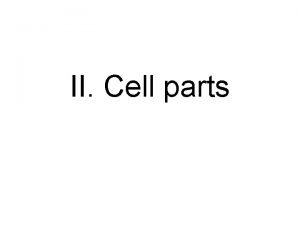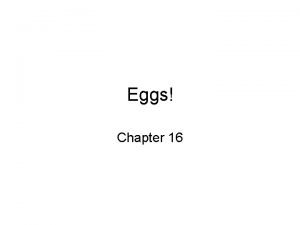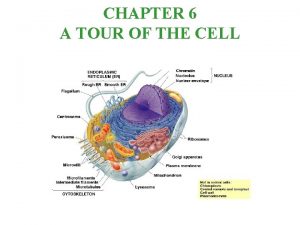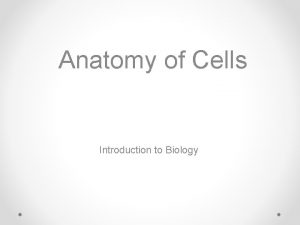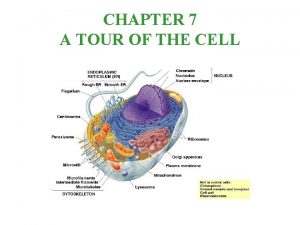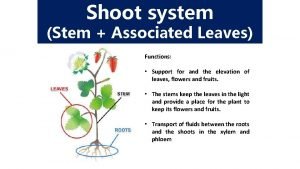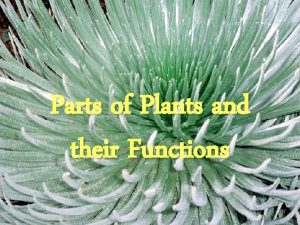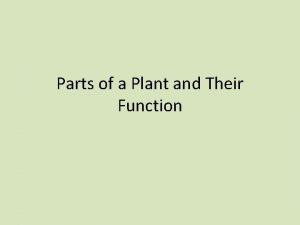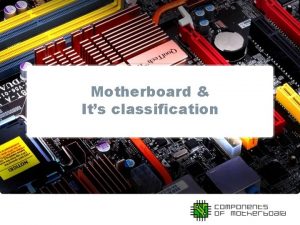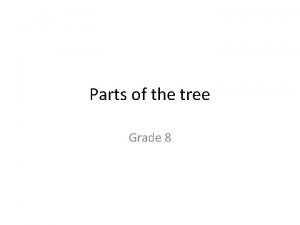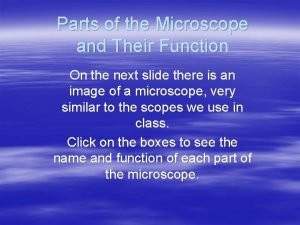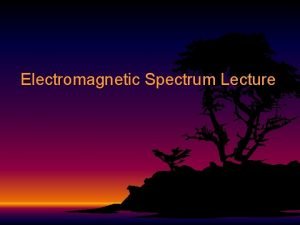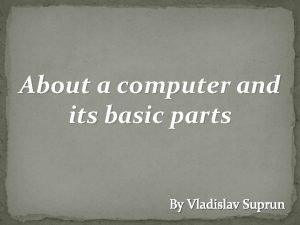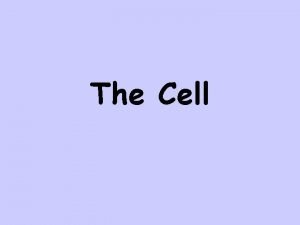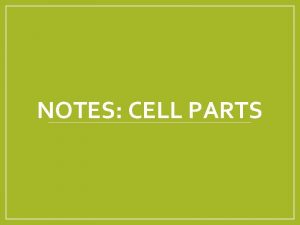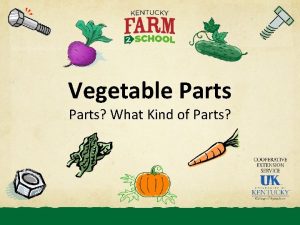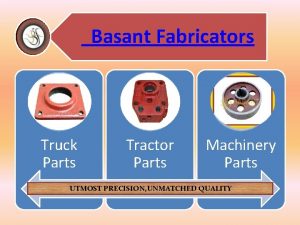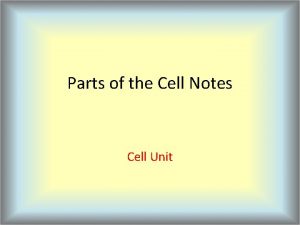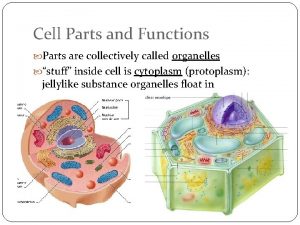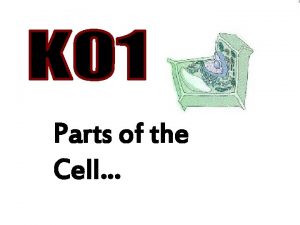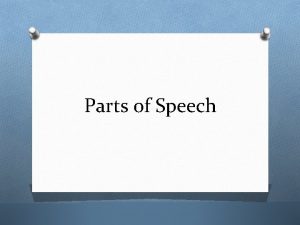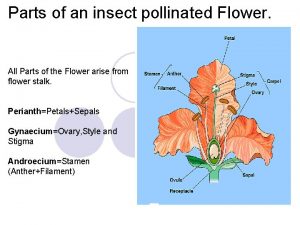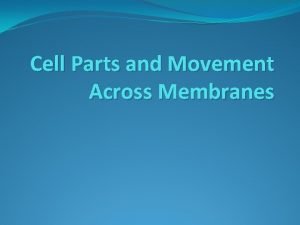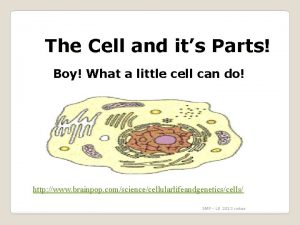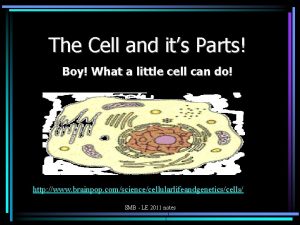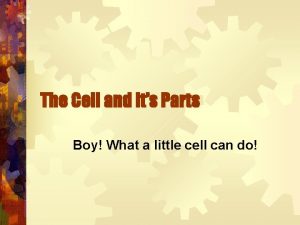The Cell And all its parts The cell


























- Slides: 26

The Cell And all its parts!

The cell The basic unit of structure and function in all living things.


The average cell is between 2 and 200µm (micrometers). To give you an idea of how big a micrometer is, the thickness of a strand of human hair ranges from 50 to 200 micrometers. Dark hair is usually thicker than blonde hair. The smallest particle that can be seen by the human eye is about 10 micrometers. The eyepiece of your microscope has a special tool to measure micrometers. Cells Alive

Entering (and exiting) the cell CELL WALL A stiff wall that surrounds the cell membrane, giving the cell a rigid boxlike shape Function: protection & support This structure is found in plant & bacteria cells CELL MEMBRANE Forms the outside boundary that separates the cell from its environment Function: controls what comes in and out of the cell

Cell Wall/ Cell Membrane

Cell Wall/Cell Membrane _________

Nucleus Acts as the “brain” of the cell or the control center Directs all of the cell’s activities Where DNA is found

Nucleus Cells without a nucleus: prokaryotes Cells with a nucleus: eukaryotes ___________________________

Nucleus The nucleus of the cell contains the genetic information (DNA)

Nuclear Membrane Surrounds nucleus Made of two layers Openings allow material to enter and leave nucleus http: //library. thinkquest. org/12413/structures. html

Nucleolus Inside nucleus Contains RNA to build proteins http: //library. thinkquest. org/12413/structures. html

Chromosomes In nucleus Made of DNA Contain instructions for traits & characteristics http: //library. thinkquest. org/12413/structures. html

Cytoplasm A gel-like fluid found throughout the entire cell wherein the organelles are found. It is constantly moving so the cell does not need to propel itself.

Mitochondria The “powerhouse” of the cell Produces energy for the cell

Ribosomes – “Factories” that produce protein

Endoplasmic Reticulum – Carry proteins and other materials from one part of the cell to another

Endoplasmic Reticulum Moves materials around in cell Smooth type: lacks ribosomes Rough type (pictured): ribosomes embedded in surface http: //library. thinkquest. org/12413/structures. html

Endoplasmic Reticulum & Ribosomes

Golgi Bodies The cell’s “mailroom” Receives proteins and other materials from the ER, packages them and distributes them to other parts of the cell.

VACUOLES Storage area of the cell Stores food and water Plants have one large vacuole for water Some animal cells have them & others do not

Lysosomes Cell’s cleanup crew Breaks down old cell parts and releases the substances so they can be used again.

Chloroplasts Capture energy from the sunlight and use it to produce food for the cell Found only in the plant cell

Eukaryotes • Nucleus has a permeable membrane surrounding it • Nucleus contains the organism’s genetic material (DNA) • Most organelles also have a membrane around them • Mostly eukaryotic kingdoms are multicellular

Plant Cells Larger vacuoles Chloroplast Cell wall Cells have definite shape Animal Cells Smaller vacuoles, some have no vacuoles No cell wall and no chloroplast More lysosomes More mitochondria

Prokaryotes • Bacteria Kingdoms ONLY • Have no nucleus (lack a nucleus) • Have only ribosomes, cytoplasm, and genetic material (DNA or RNA) • Genetic material floats freely in the cytoplasm (No nucleus) • Cell Wall and cell membrane • ALL unicellular
 Cell and its parts
Cell and its parts Draw and label its parts of egg cell
Draw and label its parts of egg cell The cell is a living unit greater than the sum of its parts
The cell is a living unit greater than the sum of its parts Capsule flagella pili nucleoid desmosome
Capsule flagella pili nucleoid desmosome The cell is a living unit greater than the sum of its parts
The cell is a living unit greater than the sum of its parts Name a point that is collinear with the given points
Name a point that is collinear with the given points The emigree poem
The emigree poem Its halloween its halloween the moon is full and bright
Its halloween its halloween the moon is full and bright And all its aching joys are now no more
And all its aching joys are now no more Draw a wave and label its parts
Draw a wave and label its parts Stem shoot
Stem shoot Parts of plant and their functions
Parts of plant and their functions Label parts of seed
Label parts of seed 4 main parts of a plant
4 main parts of a plant The motherboard and its components
The motherboard and its components Label a circle
Label a circle Image of the brain and its parts
Image of the brain and its parts Tree cross section labeled
Tree cross section labeled Slidetodoc.com
Slidetodoc.com Draw a wave and label its parts
Draw a wave and label its parts A computer and its parts
A computer and its parts What are the 6 plant parts and their functions?
What are the 6 plant parts and their functions? A circle and its parts
A circle and its parts When a train increases its velocity its momentum
When a train increases its velocity its momentum Windy cloudy rainy sunny
Windy cloudy rainy sunny If its square its a sonnet summary
If its square its a sonnet summary Its not easy but its worth it
Its not easy but its worth it
